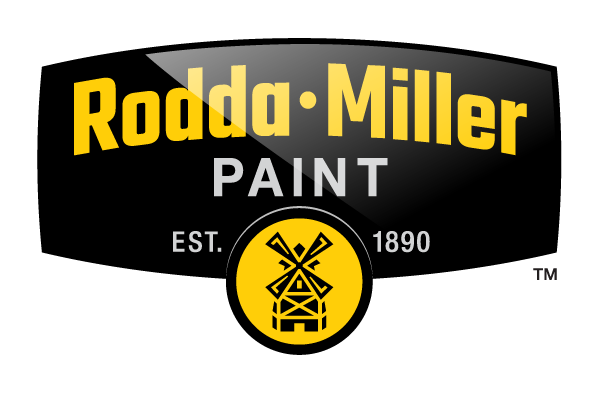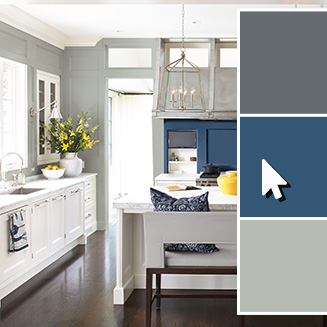CHOOSE THE RIGHT LADDER IN 4 EASY STEPS
Step 1 – Select Style
The first step in ladder selection is choosing the right style of ladder for the job. Different styles of ladders are designed to keep you safe and productive when climbing or standing. Using the wrong style of ladder or simply ignoring the limitations of climbing equipment can result in serious injury.
Many users only know of basic step and extension ladders and are delighted to learn about platform, twin step, telescoping multiladder, multi-purpose, tripods, and other models.
Step 2 – Select Height
Extension ladders should be 7 to 10 feet longer than the highest support or contact point, which may be the wall or roof line. This will allow enough length for proper setup, overlap of ladder sections, height restrictions of the highest standing level, and where appropriate, the extension of the ladder above the roof line. The highest standing level is four rungs down from the top.
The highest permitted standing level on a stepladder is two steps down from the top. A person standing higher may lose their balance and fall. A person’s maximum safe reaching height is approximately 4 feet higher than the height of the ladder. For example, a typical person can safely reach an 8-foot ceiling on a 4-foot ladder.
| Ladder Height |
Maximum Reach |
Height to Gutter or Top Support Point |
| 16′ | 15′ | 9′ max. |
| 20′ | 19′ | 9′ to 13′ |
| 24′ | 23′ | 13′ to 17′ |
| 28′ | 27′ | 17′ to 21′ |
| 32′ | 31′ | 21′ to 25′ |
| 36′ | 34′ | 25′ to 28′ |
| 40′ | 37′ | 28′ to 31′ |
Step 3 – Select Performance (Duty Rating)
Ladders are designed and constructed to safely hold up to a specific amount of weight. Werner ladders come in five different duty ratings identified by their grade and type. The duty rating is defined as the maximum safe load capacity of the ladder. A person’s fully clothed weight plus the weight of any tools and materials that are carried onto the ladder must be less than the duty rating.
Ladders are also built to handle the demands of various applications. For example, a ladder used frequently on a construction site by rugged workers should typically be stronger and have a corresponding higher duty rating than a ladder used by a lighter person for the light chores around the home.
The terminology of ladder grades, duty ratings, and types may initially be confusing to some. Remember that the duty rating is the maximum safe load capacity of the ladder. Hence, duty ratings are described in terms of pounds such as a 300 lb duty-rated Type IA ladder which is designed for extra heavy-duty professional use where the total weight on the ladder does not exceed 300 pounds.
Step 4 – Select Material
The final step in selecting the right ladder is the choice of the proper material. Werner offers ladders made from fiberglass and aluminum. Each material has characteristics that make it best for certain applications. For example, potential contact with electrical wires, or a hostile environment such as exposure to certain chemicals or outdoor storage, should have a major impact on the material selection.
Do you have questions?
Contact a local Rodda Paint store – we’ll be happy to help!






